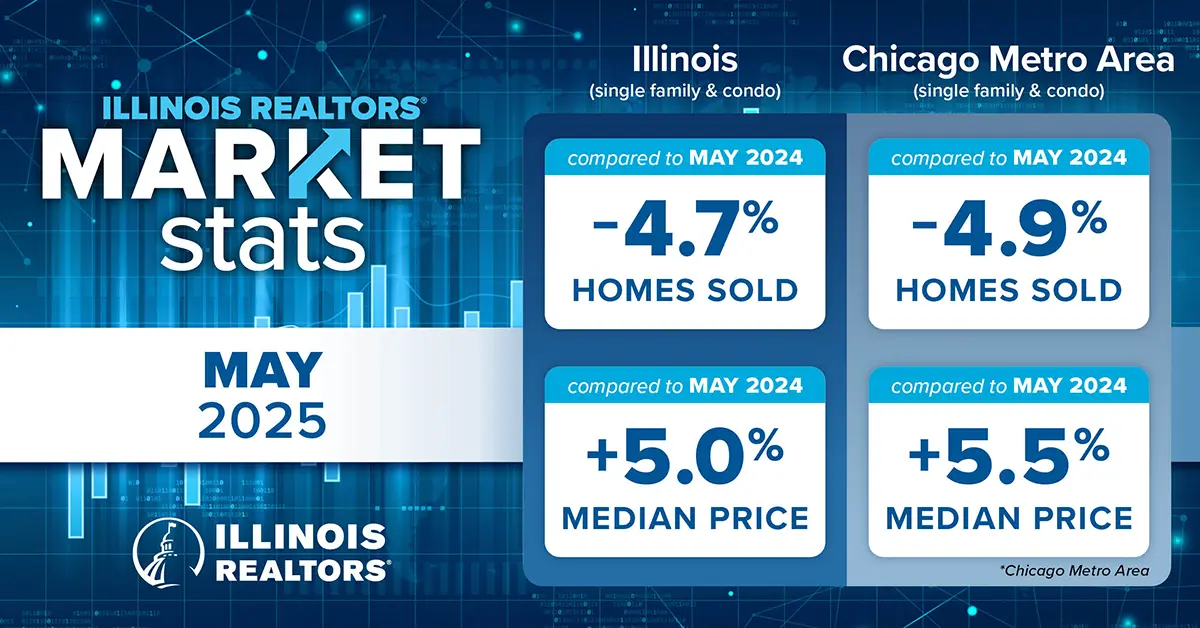
Dennis Wilmsmeyer (Photo by Matt Difanis)
Dennis Wilmsmeyer, the Executive Director of America’s Central Port, reminded a group of Illinois REALTORS® of the state’s benefits to domestic and foreign investors, including its status as a designated trade zone.
Wilmsmeyer made his remarks to the Commercial and Industrial Committee and the Global Working Group at the Illinois REALTORS® June Business Meetings.
Bill Caton, Chair of the Commercial and Industrial Committee, and Jim Kinney, Chair of the Global Working Group, introduced Wilmsmeyer, who was formerly a REALTOR®. Wilmsmeyer joined the Port District in 1999 and became the Executive Director in 2010.
While he, like many of us, lamented the state’s current fiscal situation, he said “the port is strategically located and serves one of the busiest waterways to move over $1 billion dollars’ worth of goods each year.” His presentation included statistics on the port itself but he also spoke about the value of Illinois and its logistics infrastructure and why Illinois is key to getting products to market, both domestically and internationally. As a designated foreign trade zone, the port allows for the import of goods with the benefit of reduced, deferred or possibly elimination of duties on those goods.
He said the designated foreign trade is a great feature our members need to be aware of when helping their foreign investor clients make decisions on where to locate their U.S. facilities. Known as Foreign Trade Zone #31, it is part of a network of eight others in the state of Illinois. (Get more information.)
So while, there still are hurdles here in the state that need to be overcome, Illinois REALTORS® need to remember the assets we have in order to serve clients as “trusted advisors,” Wilmsmeyer said. “We consider REALTORS® our partners, and we are happy to provide tours to educate you on all we have to offer for your clients.”
He also stressed the importance of residential REALTORS®, their knowledge of the surrounding communities and their ability to share information about the quality of life in the areas where port authorities are located. This information goes a long way since it is part of the decision-making criteria for site selectors and corporate leadership.
















